How to be happy in business
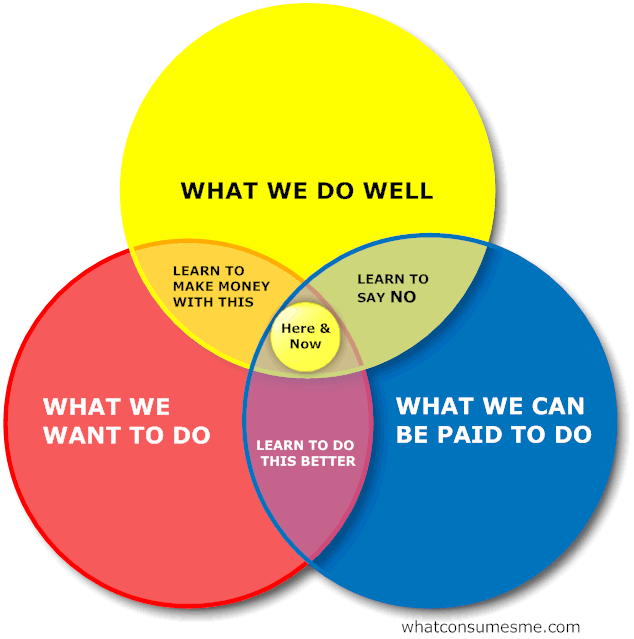
(Click on the image for a highres version)
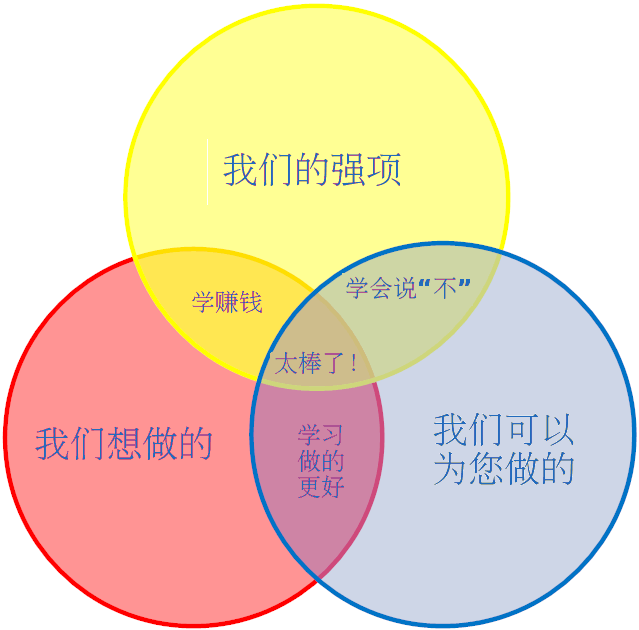
Posted by Stephan H Wissel on 22 June 2009 | Comments (0) | categories: After hours
Usability - Productivity - Business - The web - Singapore & Twins


Posted by Stephan H Wissel on 22 June 2009 | Comments (0) | categories: After hours
Posted by Stephan H Wissel on 22 June 2009 | Comments (3) | categories: After hours
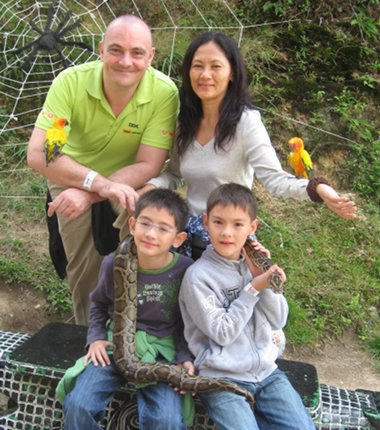
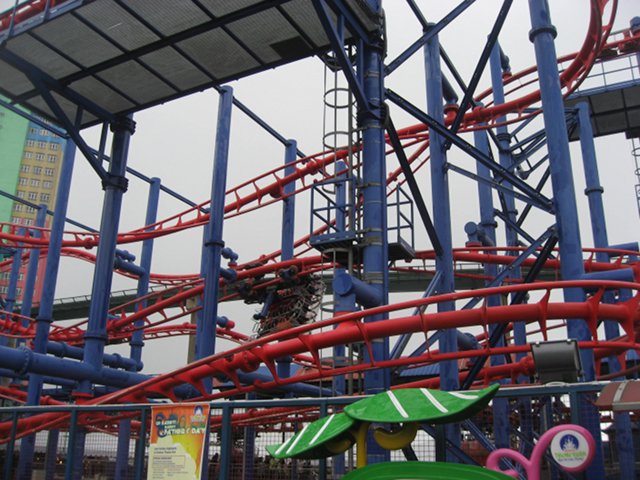
Posted by Stephan H Wissel on 20 June 2009 | Comments (3) | categories: After hours

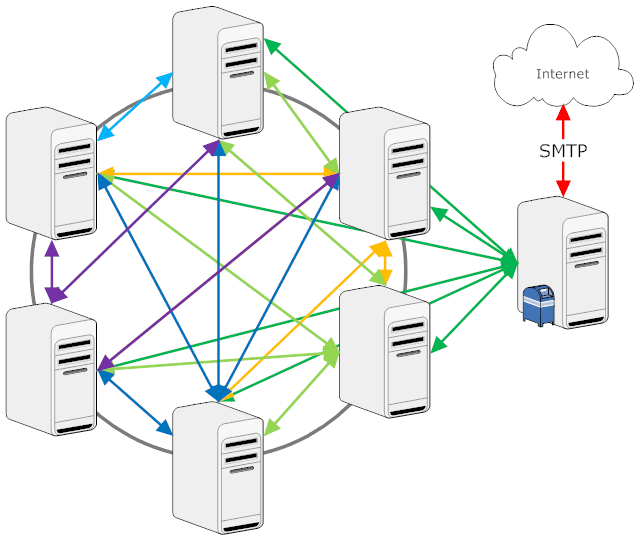
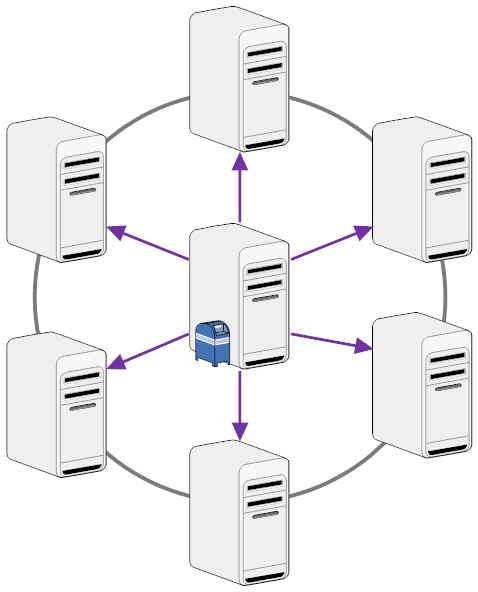
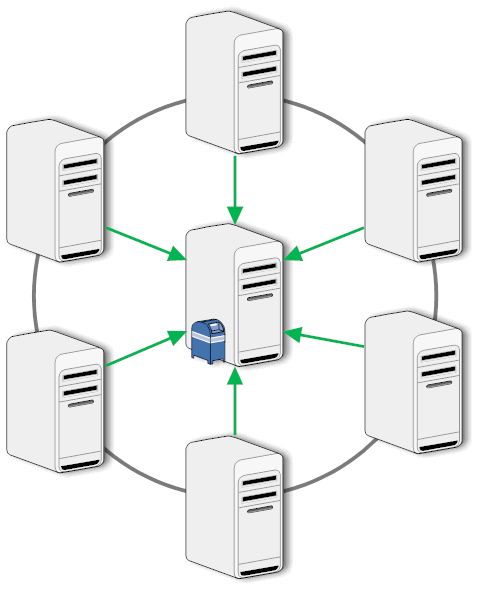
Posted by Stephan H Wissel on 19 June 2009 | Comments (0) | categories: Show-N-Tell Thursday

Posted by Stephan H Wissel on 18 June 2009 | Comments (0) | categories: After hours
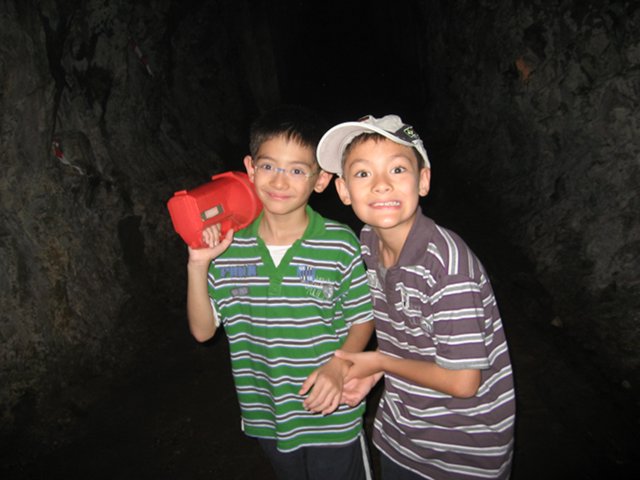
Posted by Stephan H Wissel on 18 June 2009 | Comments (1) | categories: After hours
Posted by Stephan H Wissel on 18 June 2009 | Comments (0) | categories: After hours
Posted by Stephan H Wissel on 16 June 2009 | Comments (7) | categories: Show-N-Tell Thursday
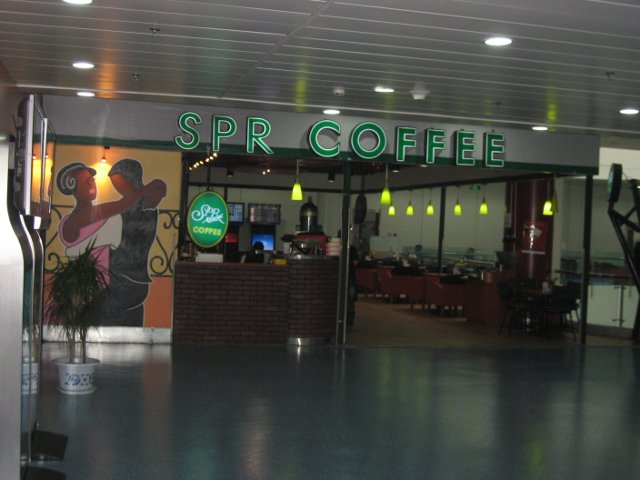
Posted by Stephan H Wissel on 07 June 2009 | Comments (1) | categories: After hours
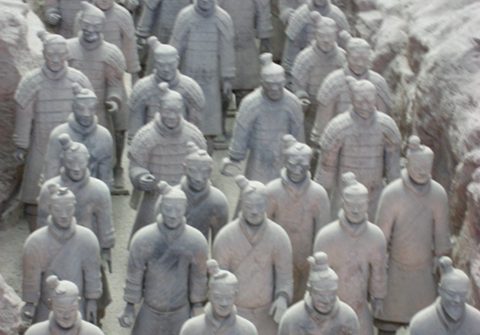
Posted by Stephan H Wissel on 05 June 2009 | Comments (2) | categories: XPages
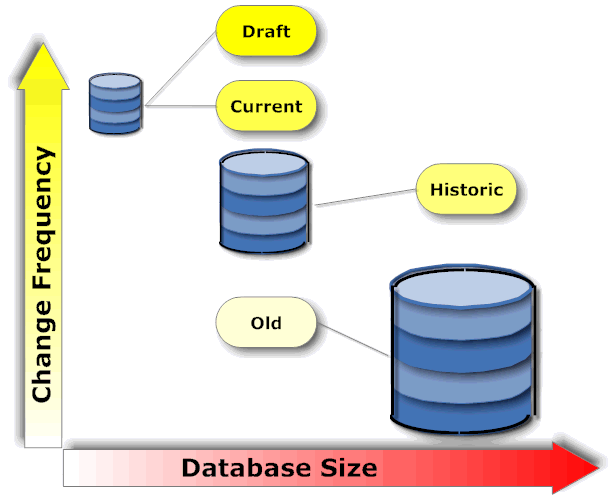
Posted by Stephan H Wissel on 04 June 2009 | Comments (0) | categories: Show-N-Tell Thursday